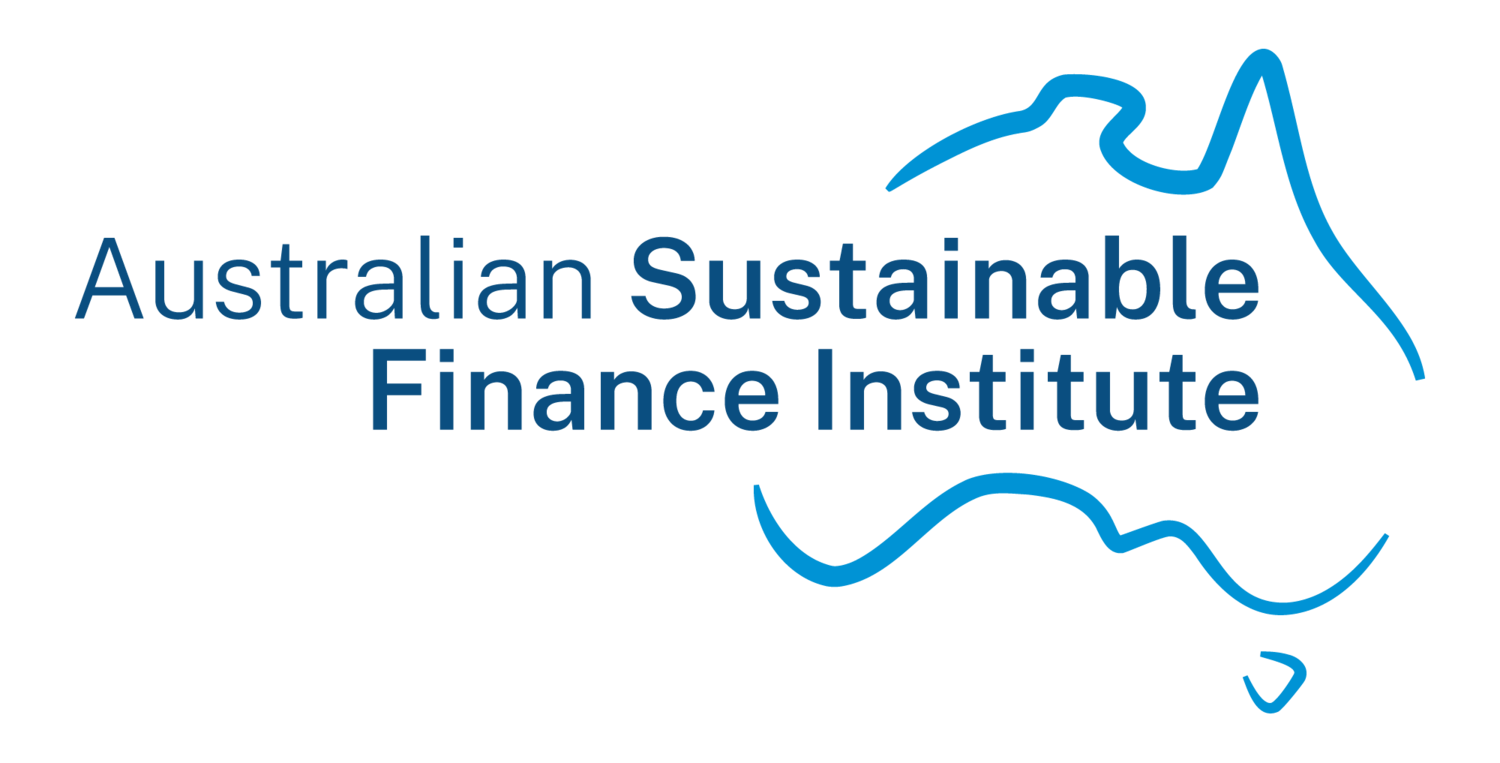Research paper on taxonomy transition methodology
This final deliverable for the Scoping project identifies key considerations to inform the methodology for integrating transition activities in an Australian taxonomy.
Transition finance aims to mobilise capital toward initiatives that facilitate the decarbonisation of hard-to-abate sectors. Decarbonising these sectors will play a crucial role in reducing Australia’s national emissions, greening financial portfolios, and reducing systemic risk exposure across the economy. It is imperative that financial institutions have access to credible and consistent transition criteria that progressively steer economic activities toward taxonomy alignment and assist in mitigating the risk of greenwashing.
This paper identifies 12 key considerations for a taxonomy transition methodology including:
Limiting the scope of the transition category to hard-to-abate sectors only, to encourage the allocation of capital towards the decarbonisation of these sectors
Avoiding carbon lock-in by restricting transition to existing projects only
Sunset dates for all transition activities
Aligning transition criteria with credible international, science-based scenarios, that achieve the Paris Agreement’s goal of limiting global warming to 1.5°C.
Informed and adapted from the two most advanced transition methodologies currently under development internationally — in Singapore and Canada — as well as international best practice on transition financing and disclosures, the key insights and considerations in the paper will help inform the development of a transition category as part of the development of an Australian Taxonomy, in order to accelerate capital allocation in the decarbonisation of high-emitting sectors to achieve Australia’s net zero ambitions.
Download the research paper.
